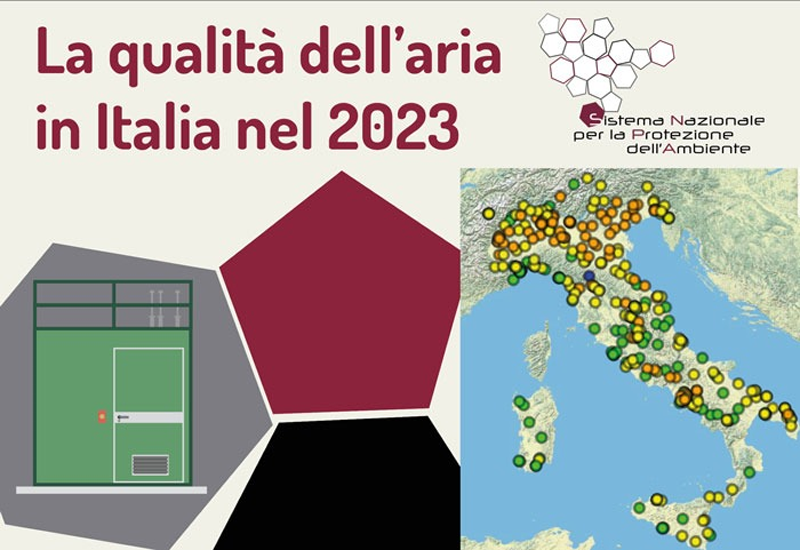
The National System for Environmental Protection (SNPA), which includes the Italian Institute for Environmental Protection and Research (ISPRA) and the Environmental Agencies of the Regions and the autonomous Provinces, has recently presented the “Air Quality Report in Italy 2023” at the Arpa Piemonte headquarters in Turin. This document describes the state and trends of air pollution in Italy through in-depth monographs useful to understand the ongoing phenomena and patterns.
In detail, the Report shows that, in 2023, the annual values remained within the range set for atmospheric particulate matter PM10, with daily values within the limit in 89% of the monitored cases. The only exception was the North-East area of the Po basin (47 cases which exceeded the limit values out of 63 monitored cases), along with the areas North of Vesuvius and in the province of Frosinone.
“Data recorded in 2023 show an improvement as compared to the recent past. However, there are still some situations exceeding the limit values and we have fallen far behind the deadlines set by the EU Directives”, said ISPRA Director General, Maria Siclari.
At almost all the monitoring stations analysed, the annual value of nitrogen dioxide was 19% lower as compared to the 2013-2022 decade. Limit values were exceeded at monitoring stations affected by high road traffic flows in the cities of Turin, Milan, Brescia, Genoa, Bologna, Florence, Rome, Naples, Catania and Palermo.
“SNPA contributes to the pursuit of standard levels of environmental protection throughout Italy. With 650 air quality monitoring stations, Italy has one of the largest facilities in Europe and provides 25 million data per year,” said ISPRA and SNPA President, Stefano Laporta.
Although the trend is generally improving, as highlighted by the WHO, it is necessary to continue to carry out recovery actions aimed at protecting the health from the effects of high concentrations of fine dust in the air.

